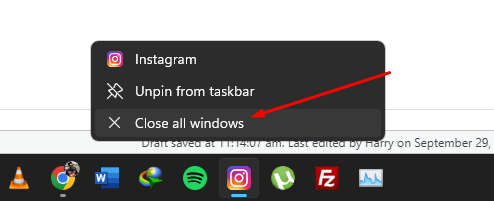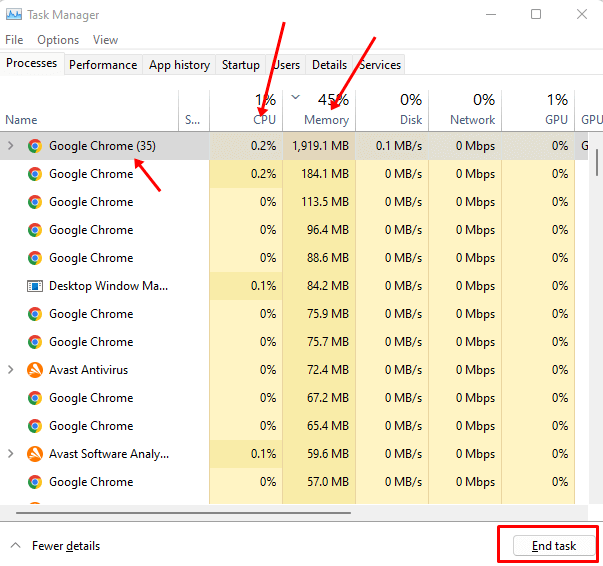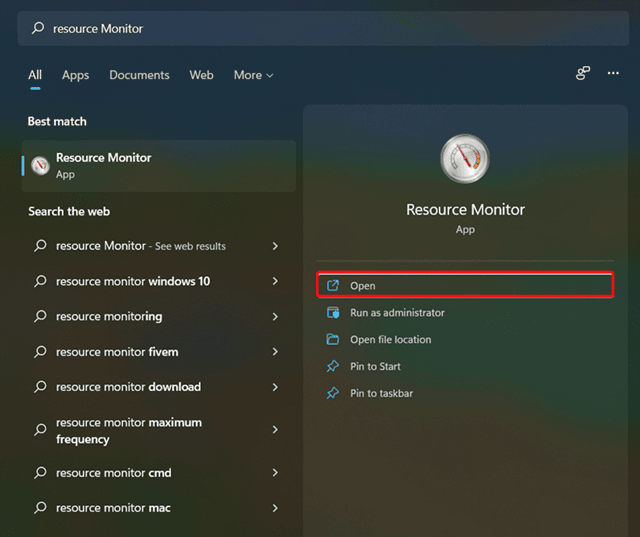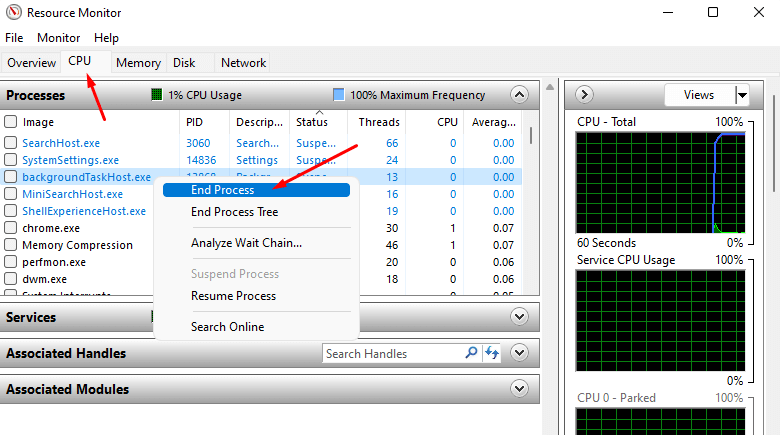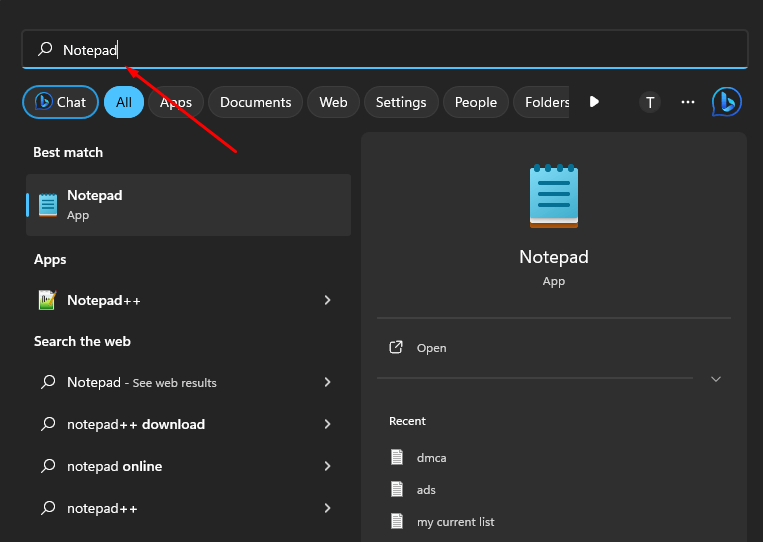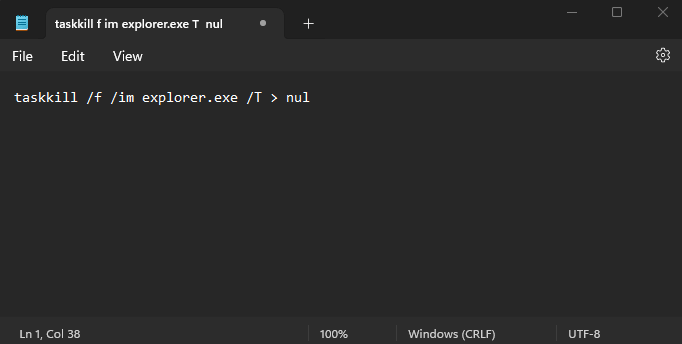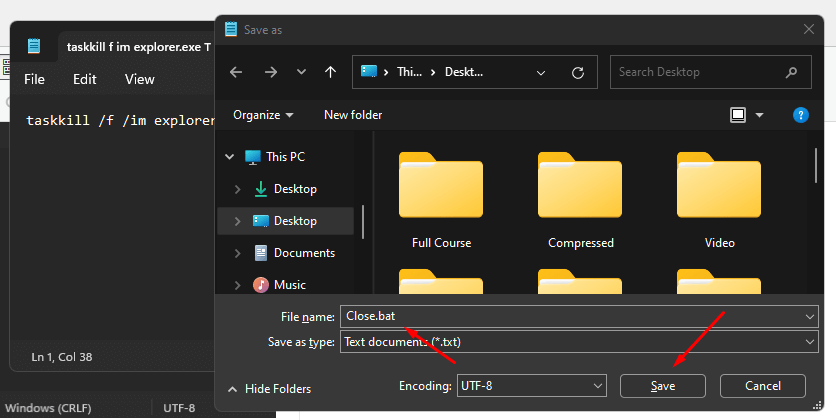Looking for the best ways to close all apps at once on a Windows PC? Here we have a simple guide that can help you to clear up your memory in just a second of time by closing all apps and windows.
At a certain point in time, we all have multiple apps open simultaneously on our PC. Not only multiple apps but sometimes multiple windows of the same apps. Modern-day computers can easily handle the load and are great for multitasking, but that does not mean you can open endless applications on your PC.
Opening multiple apps simultaneously will consume a significant amount of your RAM and CPU. Not only will this occupy your PC resources, but it will also clutter your desktop’s workspace. This article will guide you through all the ways to close all apps at once in Windows 11 to overcome this problem.
Ways to Close All Apps at Once in Windows 11
We select all of the best ways to close all apps at once in Windows 11 so you can clear up your memory for the new program. We listed these from basic to advanced ones.
1. Close All Apps from Taskbar
The first way to close all the windows of a particular app is from the taskbar. Every app you open on your PC will be shown on the taskbar, and you can close all of its windows from there. Here’s how you can do it-
- Right-click on the app you want to close on the taskbar.
- Now, click on Close all Windows to close the app.
2. Using Task Manager
Task Manager can be used to manage all the tasks and processes running on your PC. You can also use it to close all the apps at once in Windows 11. Follow the steps given below to do so-
- Open Task Manager by pressing Ctrl + Shift + Esc key combo.
- Under the processes tab, right-click on the app you want to close and then click on End Task.
- Similarly, close all the apps from the task manager.
3. Utilize Resource Monitor
Just like Task Manager, you can also use the Resource Monitor app on your PC to close the apps. To do so, follow the steps mentioned below-
- Press the Windows key and search for Resource Monitor. Press Enter to open it.
- Head to the CPU tab here.
- Now, right-click on the task you want to close and then click on End Process.
4. Close All Apps from Control Prompt
You can run the Control Prompt command to close all the windows of the particular app on your PC. Well, there’s no command to close all the apps at once, but you can close all the instances of a particular app. Given below are the steps to run the command to close apps on your PC-
- Open the Run Dialog Box by pressing the Windows + R key combo. Type CMD and then press Ctrl + Shift + Enter to run the Command Prompt as administrator.
- After this, type and execute the following command in the Command Prompt-
-
-
taskkill /f /im app.exe
-
Note- You must replace app.exe with the executable file of the app you want to close.
5. Using Batch Scripts
You can create batch scripts with commands to close multiple apps. This method works fine for closing multiple apps that you frequently open. You can add the commands to close all the apps you frequently work on, and when you run that batch script, it will close all those apps. The steps to do so have been mentioned below-
- Open the Start Menu, search for Notepad, and press Enter to open it.
- In the Notepad, copy and paste the following command-
-
taskkill /f /im app.exe /T > nul
-
- Here, replace app.exe with the app you want to close. You can paste the same command multiple times with different apps to close all the apps at once.
- Now, press Ctrl + S to save the file.
- Name the file anything you want to with a .bat extension, like Close.bat.
- Once done, save the file to the desktop.
- Double-click on the file to run it, and it will close all the apps you have set in the command in the batch file.
Final Words
It is a real headache to close all the apps running on your PC one by one. If you want to close all the apps at once on Windows 11, then follow the ways we have mentioned in the above article to do so.

